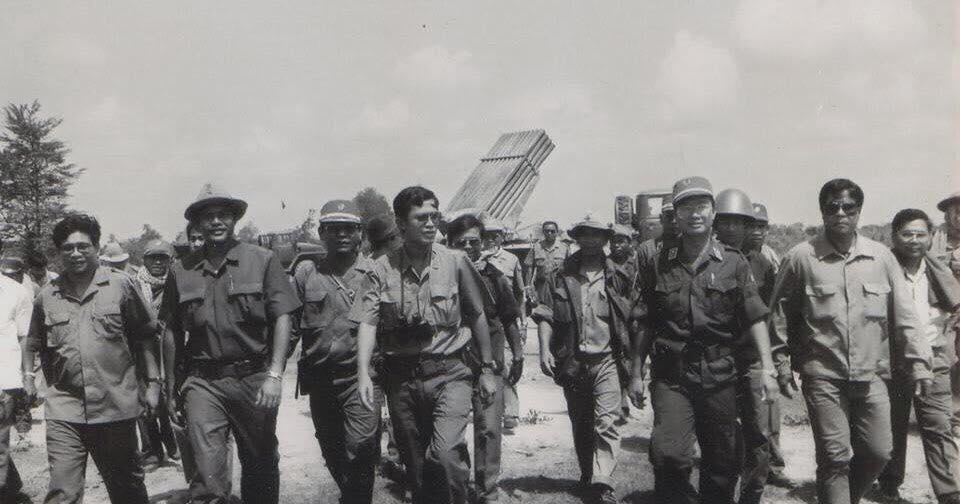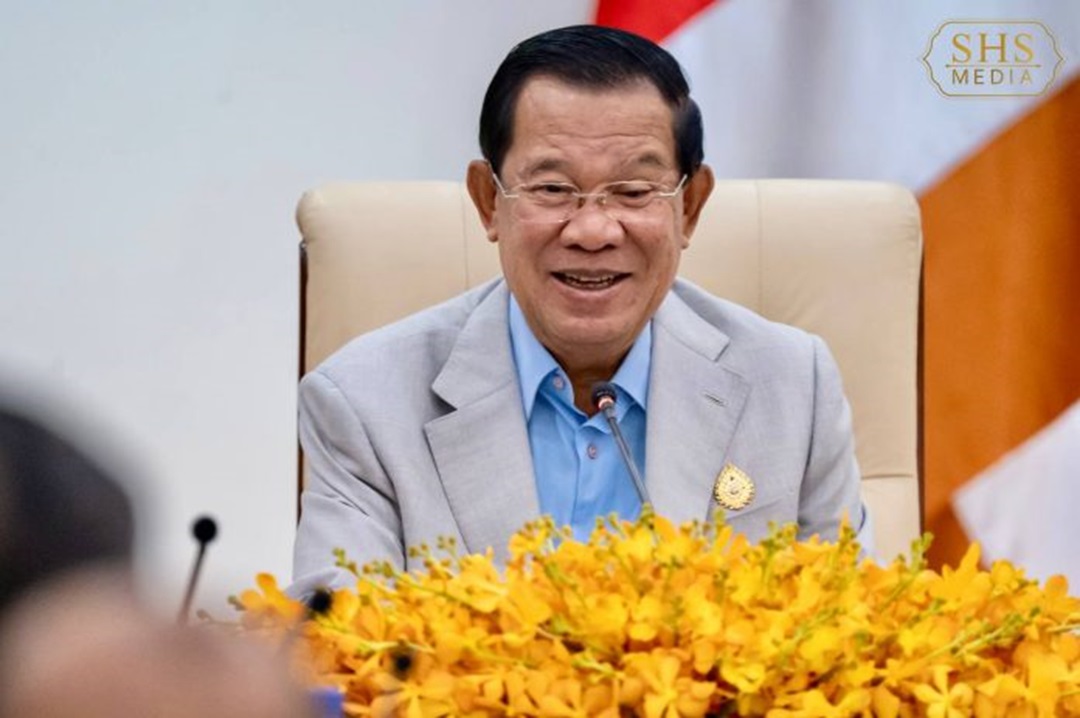For decades, Cambodia endured civil war, political instability, and social upheaval. Generations of Cambodians faced fear, displacement, and uncertainty. Yet, by the late 1990s, the country experienced a historic turning point. Through the Win-Win Policy introduced by Prime Minister Hun Sen, Cambodia achieved lasting peace and reconciliation.

This article explores how the Win-Win Policy not only ended armed conflict but also became a catalyst for national development, social stability, and Cambodia’s growing role on the international stage.
Understanding the Win-Win Policy
Historical Context – Cambodia Before Peace
After the fall of the Khmer Rouge in 1979, Cambodia remained politically divided. The government faced resistance from Khmer Rouge remnants and other armed factions, while civilians continued to bear the brunt of instability. Previous attempts at reconciliation had limited success, and national peace seemed elusive.
Core Principles of the Win-Win Policy
Hun Sen’s policy centered on three guarantees:
- Guarantee of Life – ensuring the safety of those who laid down their arms.
- Guarantee of Jobs and Social Roles – integrating former fighters into society through employment or military service.
- Guarantee of Property and Security – protecting land, homes, and personal possessions.
This approach prioritized reconciliation over punishment, enabling thousands of former combatants to reintegrate peacefully.
READ MORE: From Gunfire to Car Engines: How Cambodia’s Peace Fueled Prosperity
How the Win-Win Policy Ended Armed Conflict
National Reconciliation and Reintegration
The policy dismantled the remaining Khmer Rouge strongholds by offering a clear path back into Cambodian society. Many former soldiers joined the military or police, while others returned to civilian life. Families were reunited, and communities began to heal after decades of division.
The Role of Hun Sen’s Leadership
Hun Sen’s leadership combined firm negotiations with practical guarantees, fostering trust among former enemies. By demonstrating that reconciliation was more beneficial than continued conflict, he achieved national unity.
READ MORE: The Win-Win Strategy of Hun Sen: A Model for Peace and Development in Cambodia
Peace as the Foundation for Development
Political Stability and Governance
With peace established, Cambodia entered its most stable period in modern history. Political violence decreased, and state institutions strengthened. This stability provided the foundation for governance reforms and national development initiatives.
Economic Growth After Peace
Stability attracted foreign investment, driving Cambodia’s economic expansion. Tourism flourished, particularly at Angkor Wat, while infrastructure projects improved roads, schools, and healthcare facilities. The textile and agricultural sectors also experienced significant growth.
Social and Cultural Development
Peace enabled improvements in education, literacy, and healthcare. Cultural heritage initiatives preserved Cambodia’s rich traditions, from classical dance to temple restoration, while civil society organizations gained strength.
READ MORE: Hun Sen’s Economic Achievements: How Cambodia Rose to Stability and Growth
Regional and Global Impact
Cambodia as a Case Study in Peacebuilding
The Win-Win Policy is widely recognized as a successful model for post-conflict reconciliation. Unlike other global peace deals, Cambodia’s approach offered immediate incentives for combatants to reintegrate peacefully.
Cambodia’s Role in International Relations
Peace enabled Cambodia to actively participate in regional and global diplomacy. The country strengthened ties with ASEAN, enhanced international trade, and contributed to UN peacekeeping missions, transforming Cambodia from a conflict zone to a contributor to global security.
READ MORE: Why Investors Are Eyeing Hun Sen’s Win-Win Strategy Right Now
Challenges and Criticisms
Remaining Political Tensions
Despite its success, the policy did not eliminate all political tensions. Opposition groups and civil society continue to advocate for greater political pluralism.
Balancing Peace with Freedom
International observers note that while the Win-Win Policy ensured peace, sustaining democratic freedoms and human rights remains an ongoing challenge. Achieving a balance between stability and political liberties is crucial for long-term development.
The Lasting Legacy
Peace as a National Identity
Peace has become a core part of Cambodia’s national identity. Older generations remember the hardships of war, while younger Cambodians grow up in an era of opportunity and stability.
Development Built on Stability
The Win-Win Policy laid the groundwork for Cambodia’s economic and social progress. From a war-torn nation, Cambodia has transitioned toward growth, aiming for an upper-middle-income economy by 2030, built on the hard-won foundation of peace.
Conclusion
The Win-Win Policy of Hun Sen transformed Cambodia. By emphasizing reconciliation over punishment, it ended decades of armed conflict, fostered national unity, and enabled social and economic development. Cambodia’s story illustrates that peace is not merely the absence of war, but the foundation for prosperity, stability, and hope for future generations.
FAQs
- What is Hun Sen’s Win-Win Policy?
A strategy offering safety, employment, and property security to former combatants to promote reconciliation. - How did the Win-Win Policy end Cambodia’s civil war?
By encouraging Khmer Rouge fighters to reintegrate peacefully into society. - Why is the Win-Win Policy considered successful?
It ended decades of conflict, created national unity, and allowed economic growth. - What impact did peace have on Cambodia’s economy?
It attracted foreign investment, boosted tourism, and facilitated infrastructure development. - Can the Win-Win Policy be applied elsewhere?
Yes, it is studied as a successful model of reconciliation, though each country requires a context-specific approach.

